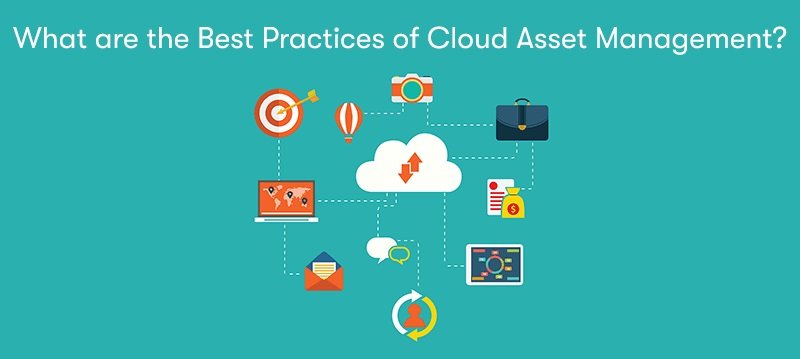How do you handle the complexity of managing cloud resources? How do you keep track of your organization’s critical assets across different systems? As businesses grow in cloud use, protecting sensitive data becomes increasingly essential for protection.
This is where secure asset management comes in, helping companies safeguard their resources while maintaining visibility. Here, we explore the best practices for safe asset handling in a hybrid cloud environment. Thus, you will strengthen your data protection efforts and improve overall operational efficiency.
Automating Discovery
Manually tracking data in a hybrid cloud is inefficient and prone to human error. Automation ensures continuous monitoring and discovery of data across public and private clouds. It also identifies new assets and evaluates potential safety issues in real-time. Automating discovery increases response speed to emerging cyber attacks and minimizes security gaps.
Encryption of Data and Communication
Data encryption is vital for protecting sensitive information in hybrid cloud environments. Encrypting data at rest and in transit prevents unauthorized access, even during data transmission. Encryption protocols maintain data integrity while complying with various regulatory requirements. Protecting communication channels between assets reduces the risk of breaches like man-in-the-middle attacks.
Ensuring Compliance
Hybrid cloud environments often require adherence to multiple regulatory frameworks, depending on the industry. Ensuring all assets meet these compliance standards is crucial for effective security management. Regular audits help identify areas where safety measures may need improvement. Failing to maintain compliance can lead to fines and an increased risk of data breaches.
Vulnerability Management and Patching
Vulnerability management plays a crucial role in protecting resources in hybrid cloud environments. Unpatched systems become easy targets for cyber attackers looking for weaknesses to exploit. Maintaining a regular patching schedule ensures systems remain safe from known vulnerabilities. Integrating vulnerability management helps prevent risks from escalating into significant security issues.
Adopting Zero Trust Architecture
Zero-trust architecture assumes no user, device, or system is inherently trusted by default. It aligns perfectly with hybrid cloud environments where assets are spread across multiple infrastructures. Continuous monitoring and verification of every access attempt strengthens overall safety. Adopting this strategy reduces the chances of unauthorized access and internal or external threats.
Monitoring Performance
Continuous monitoring is essential for maintaining asset security in hybrid virtual storage. Monitoring lets you quickly identify abnormal activities that could signal potential safety issues. It ensures resources are used efficiently and protects against emerging vulnerabilities. Tailoring monitoring cyber security asset management tool enhances resource health visibility in real-time.
Incident Response and Recovery Planning
Despite solid safety measures, incidents can still occur in hybrid cloud environments. A robust incident response and recovery plan is critical for minimizing damage during a breach. Isolating affected resources and restoring services ensures business continuity and reduces operational downtime. Regularly updating and testing these plans keeps your organization prepared for evolving threats.
Training and Awareness
Human error remains among the most significant risks in hybrid cloud environments and asset management. Regular training helps staff understand the importance of safe practices across all infrastructures. Employee awareness ensures that team members can respond appropriately to potential threats. Reducing human error helps minimize the risk of accidental breaches.
Securing APIs in Hybrid Cloud
Application Programming Interfaces (APIs) enable communication between systems in hybrid cloud environments. However, unsecured APIs can become an entry point for cyber attackers targeting critical assets. Protecting APIs with authentication, encryption, and monitoring reduces the risk of unauthorized access. A robust API security framework ensures smooth communication while protecting critical resources from attacks.
Therefore, adopting secure asset management practices is crucial to safeguarding your IT assets. Partnering with trusted agencies gives you access to advanced tools that enhance protection. Could your team benefit from the proactive approach offered by specialized safety providers? Consider these strategies to fortify your organization’s defenses and stay ahead of evolving threats.
